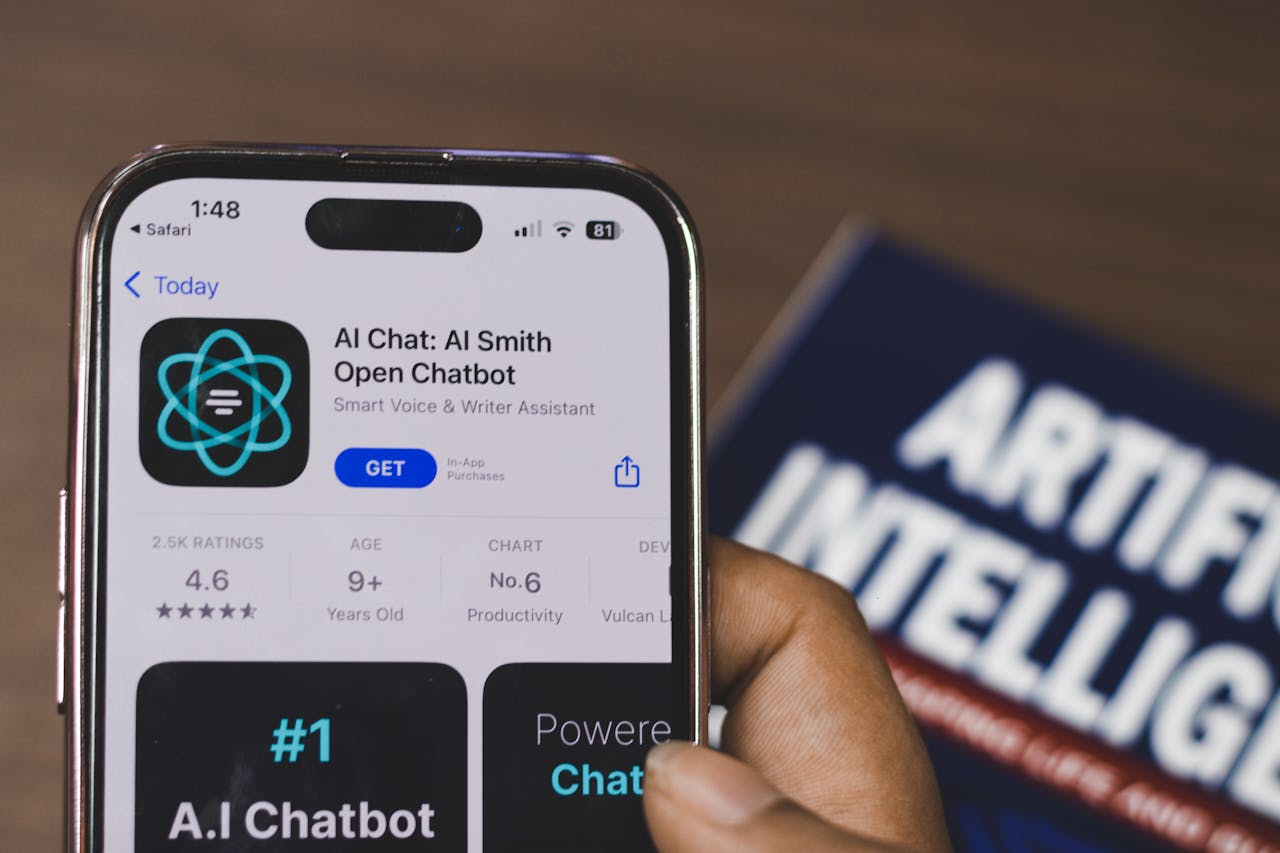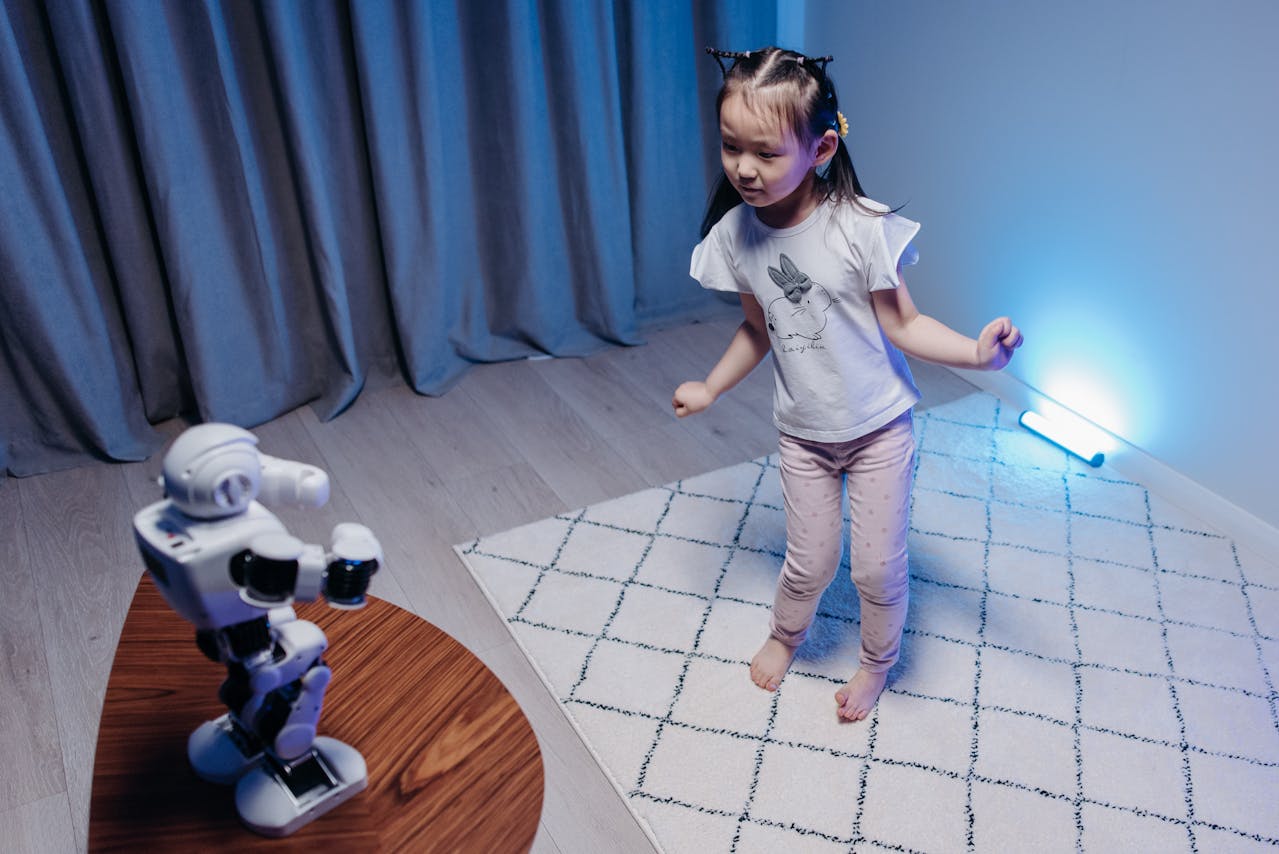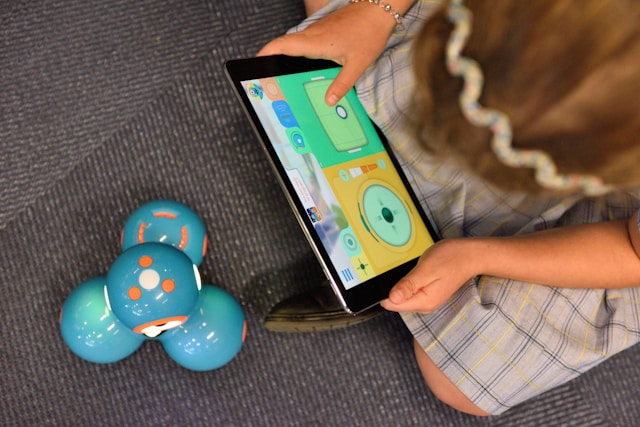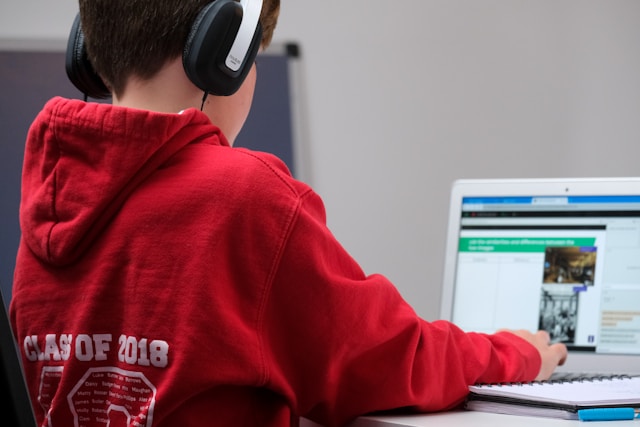
AI chatbots are becoming a popular tool for enhancing children’s learning and play. These intelligent virtual assistants offer engaging, interactive experiences that cater to a child’s needs while providing safe, age-appropriate content. But when considering an AI chatbot for kids, it’s important to weigh the benefits and challenges to make an informed decision for your family.
Let’s delve into the world of artificial intelligence for children and explore how it is shaping early education and playtime.
AI chatbots designed for children are conversational tools that leverage artificial intelligence to simulate human-like interactions. These bots often feature colorful designs, playful voices, and AI-driven educational games tailored to young audiences.
From assisting with homework to telling bedtime stories, these chatbots act as smart learning companions. Their functions span from educational chatbots focused on academic improvement to conversational AI for kids that enhances creativity and problem-solving.
AI in early education is revolutionizing how children interact with technology. By adapting to individual needs, these chatbots become highly effective interactive learning tools.

AI-powered virtual assistants for children transform traditional learning into an engaging experience. Educational chatbots often use AI-driven educational games and storytelling to make lessons fun and memorable.
Adaptive learning platforms further personalize the process. For instance, a chatbot can identify a child’s weaknesses in math and offer tailored exercises to help them improve. This adaptive approach ensures kids feel supported and motivated to learn.
Child-safe chatbot features are designed to protect minors from inappropriate content. Parents can trust these tools to provide a secure and focused environment, unlike unmonitored online activities.
Voice-based chatbots for kids, for example, are an excellent option for young children who prefer talking over typing. These bots prioritize safety while offering intuitive interaction methods.
AI in digital parenting goes beyond monitoring screen time; it also nurtures essential skills. By prompting children to think critically or create their own stories, AI chatbots help boost creativity and problem-solving.
For example, engaging AI experiences for kids often include open-ended tasks that encourage exploration and innovation.
AI chatbots are always accessible, offering consistent support. Whether a child needs help with homework late at night or wants a quick quiz game during the weekend, these bots act as reliable smart learning companions.
AI in early education often involves collecting user data to improve interaction quality. However, data security is a major concern. Parents must ensure the chatbot complies with child-safety regulations and protects sensitive information.
While AI-powered virtual assistants for children are helpful, too much reliance on them may hinder social skill development. Kids need human interaction to build empathy, communication, and teamwork abilities.
Even the smartest chatbots aren’t perfect. Errors in responses or limited knowledge might lead to misunderstandings. AI-driven educational games and tools need to be constantly updated to maintain their relevance and accuracy.
AI chatbots, while useful, can contribute to excessive screen time. Striking a balance between using interactive learning tools and encouraging offline activities is crucial for a child’s well-being.
If you’re considering introducing AI chatbots to your child’s routine, here are some tips to maximize the benefits:
Look for chatbots designed specifically for children. These tools are built with features like parental controls and privacy safeguards to prioritize safe AI interaction for minors.
Stay involved in how your child interacts with the chatbot. Regularly review the content and ensure it aligns with your values and your child’s developmental needs.
Encourage a healthy balance between on-screen and off-screen activities. AI in digital parenting involves guiding children to use technology responsibly.
Before introducing a chatbot to your child, explore its features. Ensure the responses are accurate, educational, and suitable for their age.
Editing plays a significant role in making your videos engaging. Add in fun music, bright transitions, and cute sound effects that appeal to kids. The more engaging and entertaining your video, the more likely kids are to come back for more.

AI chatbots offer an exciting way for kids to learn and play. With their ability to adapt to a child’s needs, they provide educational benefits that can complement traditional methods. However, parents must remain vigilant about potential risks like privacy concerns and overuse.
Used thoughtfully, an AI chatbot for kids can be a valuable tool that enhances learning and provides safe entertainment. By understanding its benefits and challenges, you can make informed decisions that best suit your child’s development.
As technology evolves, these smart learning companions are bound to become even more sophisticated, offering endless possibilities for educational chatbots, engaging AI experiences for kids, and adaptive learning platforms that shape the future of learning.


